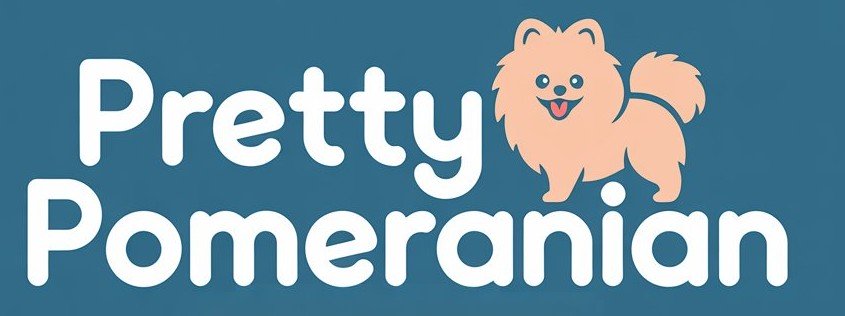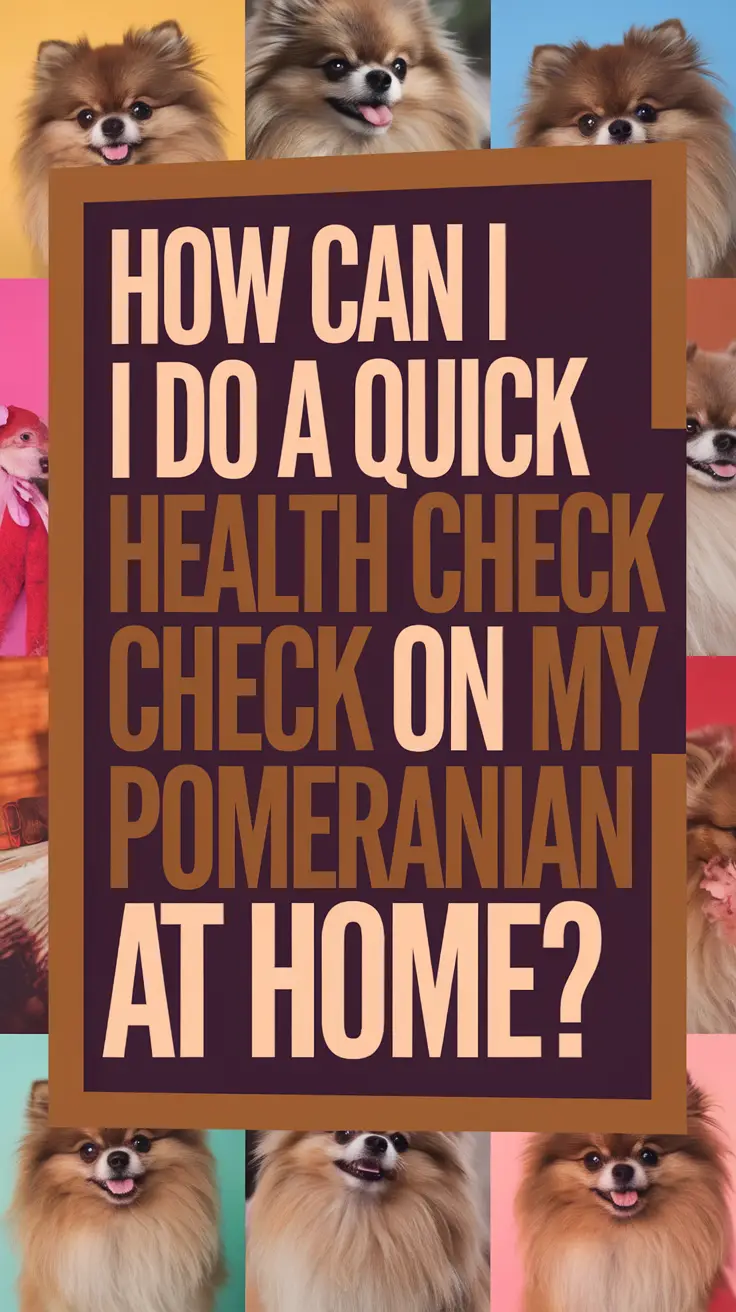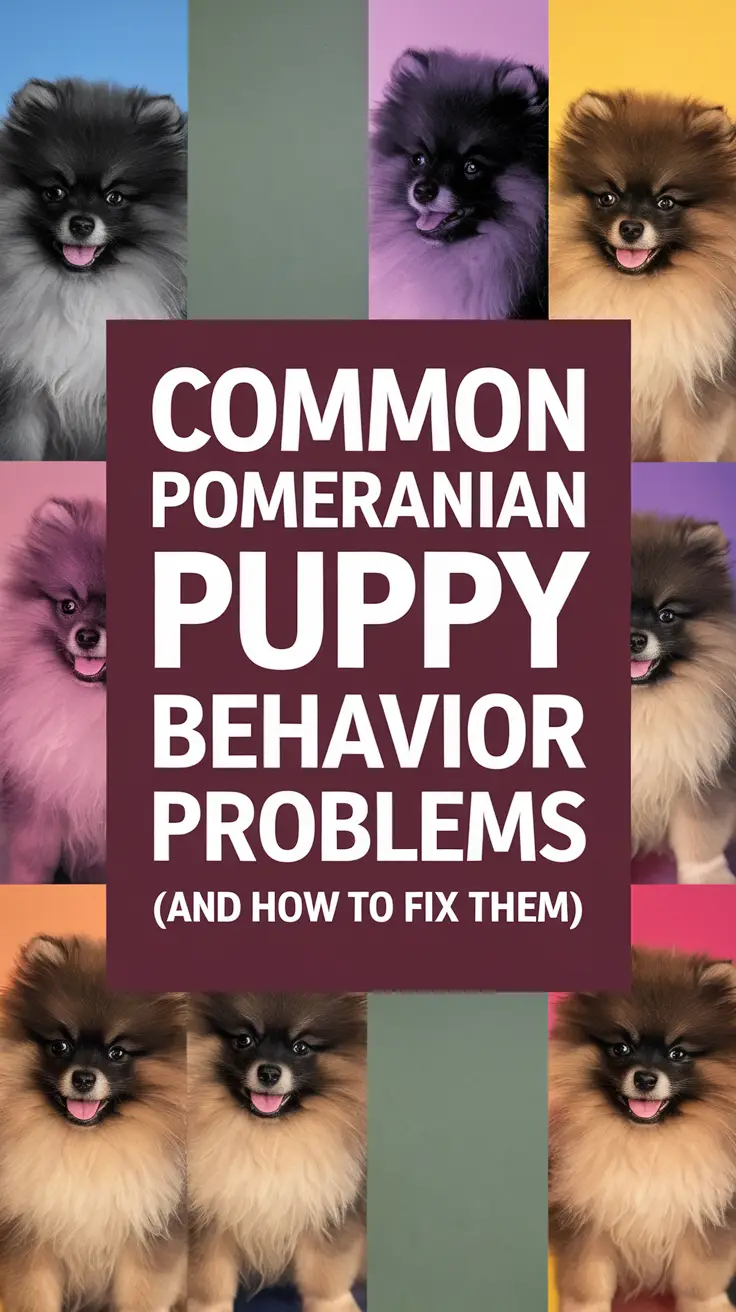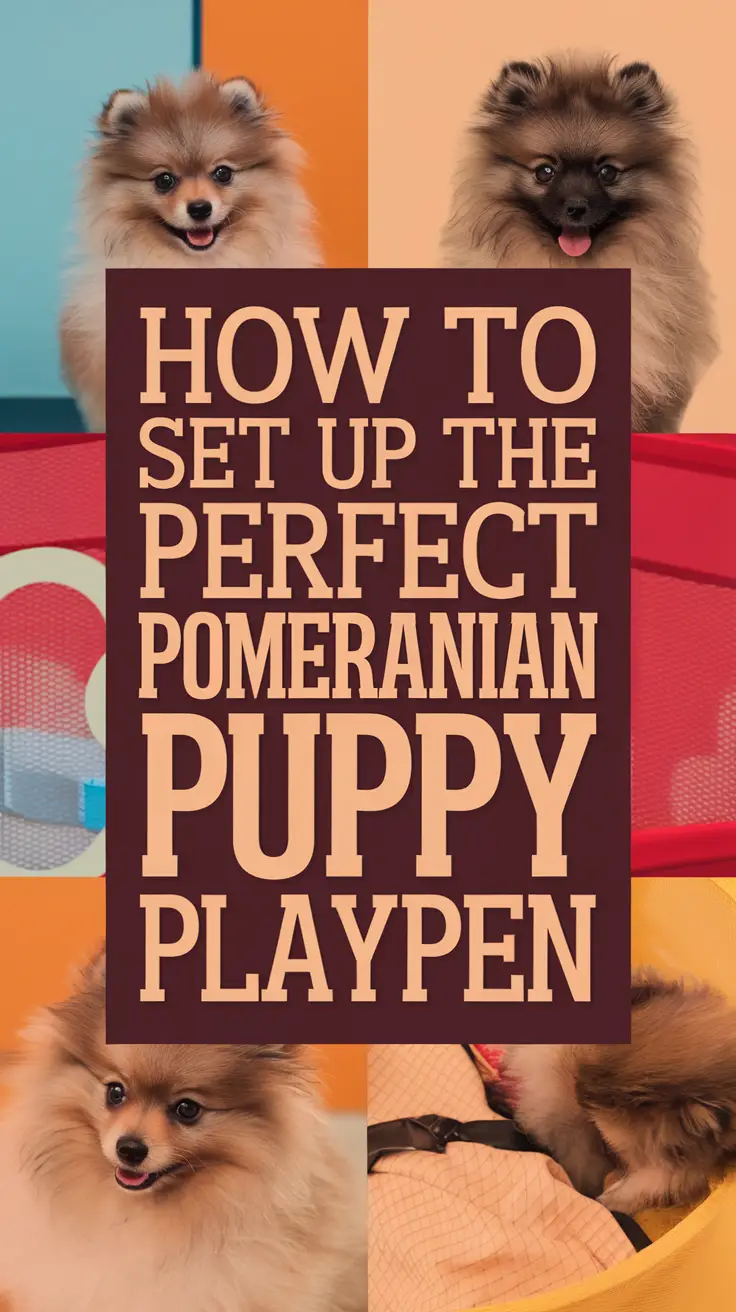That tiny orange fluffball you’ve just brought home is staring at you with eyes that say “What now, human?” and honestly, you’re probably wondering the same thing. After bringing Sash home three years ago, I learned that the first month with a Pomeranian puppy is like being handed the world’s most adorable tornado – equal parts magical and absolutely exhausting.
Here are the three survival essentials that will save your sanity:
- Establishing a rock-solid routine within the first week prevents behavioral chaos later
- Puppy-proofing goes beyond the obvious – Pomeranians are escape artists with Napoleon complexes
- Building proper socialization habits early determines your pup’s confidence for life
Week One: The Adjustment Tornado
When Sash first arrived, she spent approximately six hours hiding under my couch, emerging only to pee on my favorite rug. This is completely normal behavior, though it doesn’t feel normal when you’re on your hands and knees with carpet cleaner at midnight.
The American Kennel Club emphasizes that Pomeranian puppies need time to decompress after leaving their littermates. I wish someone had told me that the pathetic whimpering I heard the first night wasn’t actually a medical emergency – just a very dramatic puppy missing her siblings.
Setting Up Your Survival Station
Your Pomeranian puppy will need a designated safe space immediately. I learned this the hard way when Sash decided my kitchen cabinets were her personal playground. Here’s what actually works:
- A crate sized for adult weight (4-7 pounds typically) – oversizing creates potty problems
- Washable blankets because accidents happen roughly every 23 minutes initially
- Two sets of food and water bowls for constant cleaning rotation
- Puppy-specific food (never adult food) to prevent digestive disasters
Dr. Sarah Mitchell, a veterinarian specializing in toy breeds, notes that “Pomeranian puppies have unique dietary needs due to their size and metabolism. Hypoglycemia is a real concern if feeding schedules aren’t maintained consistently.”
Week Two: The Routine Revolution
By day eight, I realized that Sash had trained me rather effectively. She’d perfected the art of the 3 AM potty wake-up call, complete with adorable stretching that made it impossible to be annoyed. This is when establishing YOUR rules becomes crucial.
The Potty Training Reality Check
Pomeranian bladders are roughly the size of a walnut, which means frequent trips outside. I tracked Sash’s schedule for a week and discovered she needed to go out every 45 minutes during waking hours. Here’s the schedule that saved my sanity:
| Time | Activity | Notes |
|---|---|---|
| 6:00 AM | Outside immediately | No exceptions, even weekends |
| 6:15 AM | Breakfast | Same spot, same bowl daily |
| 6:45 AM | Outside again | Food triggers bathroom needs |
| Every 45-60 minutes | Potty breaks | Watch for sniffing and circling |
| 9:00 PM | Final outside trip | Remove water bowl after this |
The key insight: Pomeranians are incredibly smart but also incredibly stubborn. Consistency beats perfection every single time.
Week Three: The Socialization Challenge
This is where things get interesting. Sash had received her first round of vaccinations, and my vet cleared her for controlled socialization. I thought this meant she’d be a social butterfly immediately. Instead, she barked at a leaf for ten minutes straight, then tried to intimidate a Great Dane puppy twice her size.
Safe Socialization Strategies
Pomeranian puppies need exposure to the world, but their tiny size makes them vulnerable. I learned to be creative:
- Carrying her through pet stores for sight and sound exposure
- Inviting friends over for controlled meet-and-greets
- Playing recordings of common sounds (vacuum cleaners, doorbells, traffic)
- Introducing different textures under her paws (grass, concrete, gravel)
The American Kennel Club’s Canine Good Citizen program emphasizes that socialization windows close around 16 weeks, making this period absolutely critical for Pomeranian development.
Week Four: The Grooming Introduction
Sash’s fluff was starting to develop that signature Pomeranian texture – part cotton ball, part tumbleweed. I quickly discovered that waiting until she was “ready” for grooming was like waiting for her to volunteer for a bath. It wasn’t happening.
Starting Grooming Habits Early
Professional groomer Lisa Henderson advises that “Pomeranian coats require daily maintenance once fully developed. Starting handling exercises early prevents grooming trauma later.” Here’s what worked for us:
- Daily five-minute brush sessions with treats and praise
- Touching paws, ears, and mouth during playtime
- Introduction to nail clipper sounds before actual trimming
- Positive associations with the bathroom (future bath location)
Pro tip: Sash initially treated the brush like a mortal enemy. Letting her sniff and investigate it first, then offering treats nearby, transformed it from torture device to treat dispenser in her mind.
The Health Monitoring Essentials
Tiny dogs come with oversized health considerations. During Sash’s first month, I became obsessed with monitoring her eating, drinking, and energy levels. This vigilance actually prevented a hypoglycemic episode when she refused breakfast one morning – a potentially serious situation for toy breed puppies.
Red Flags That Require Immediate Vet Attention
- Refusing two consecutive meals
- Lethargy or unusual sleepiness
- Difficulty breathing or blue-tinged gums
- Vomiting or diarrhea lasting more than a few hours
- Inability to urinate or defecate
I keep my vet’s emergency number programmed in my phone and a small tube of corn syrup handy for potential blood sugar dips – both recommendations that proved invaluable during those early weeks.
Training Triumphs and Disasters
Pomeranian intelligence is both a blessing and a curse. Sash learned her name in two days but took six weeks to understand that my shoes weren’t chew toys. The key is channeling their smart-but-stubborn nature productively.
Essential Commands for Month One
Focus on these basics before attempting anything fancy:
- “Come” – practiced indoors with treats and enthusiasm
- “Sit” – easiest command and builds confidence
- “No” – delivered calmly but firmly
- “Quiet” – essential for a naturally vocal breed
The biggest training revelation: Sash responds to positive reinforcement but completely shuts down with harsh corrections. These tiny dogs have big personalities that bruise easily.
The Unexpected Joys
Nobody warned me about the magical moments hidden between the chaos. Sash’s first successful potty trip outside resulted in a celebration dance that made neighbors question my sanity. Her tiny paws learning to navigate stairs looked like watching someone conquer Mount Everest. The first time she curled up for a voluntary nap on my lap, I understood why people become completely obsessed with this breed.
These dogs pack enormous personality into impossibly small packages. Sash appointed herself household guardian by week three, alerting me to dangerous threats like delivery trucks and suspicious squirrels with equal urgency.
Preparing for Month Two and Beyond
As the first month winds down, you’ll notice your puppy’s personality emerging more clearly. Sash evolved from terrified fluffball to confident tiny dictator who somehow convinced me that her dinner schedule was more important than my sleep schedule.
The investment in consistency during these first thirty days pays dividends for years to come. Every moment spent establishing routines, building trust, and creating positive associations shapes the adult dog your puppy will become.
Your Pomeranian puppy will test your patience, steal your socks, and somehow convince you that 5 AM is the perfect time for playfulness. But somewhere between the third carpet cleaning and the hundredth “Good potty!” celebration, you’ll realize this tiny tornado has completely revolutionized your world – and you wouldn’t change a single moment of the beautiful chaos.




